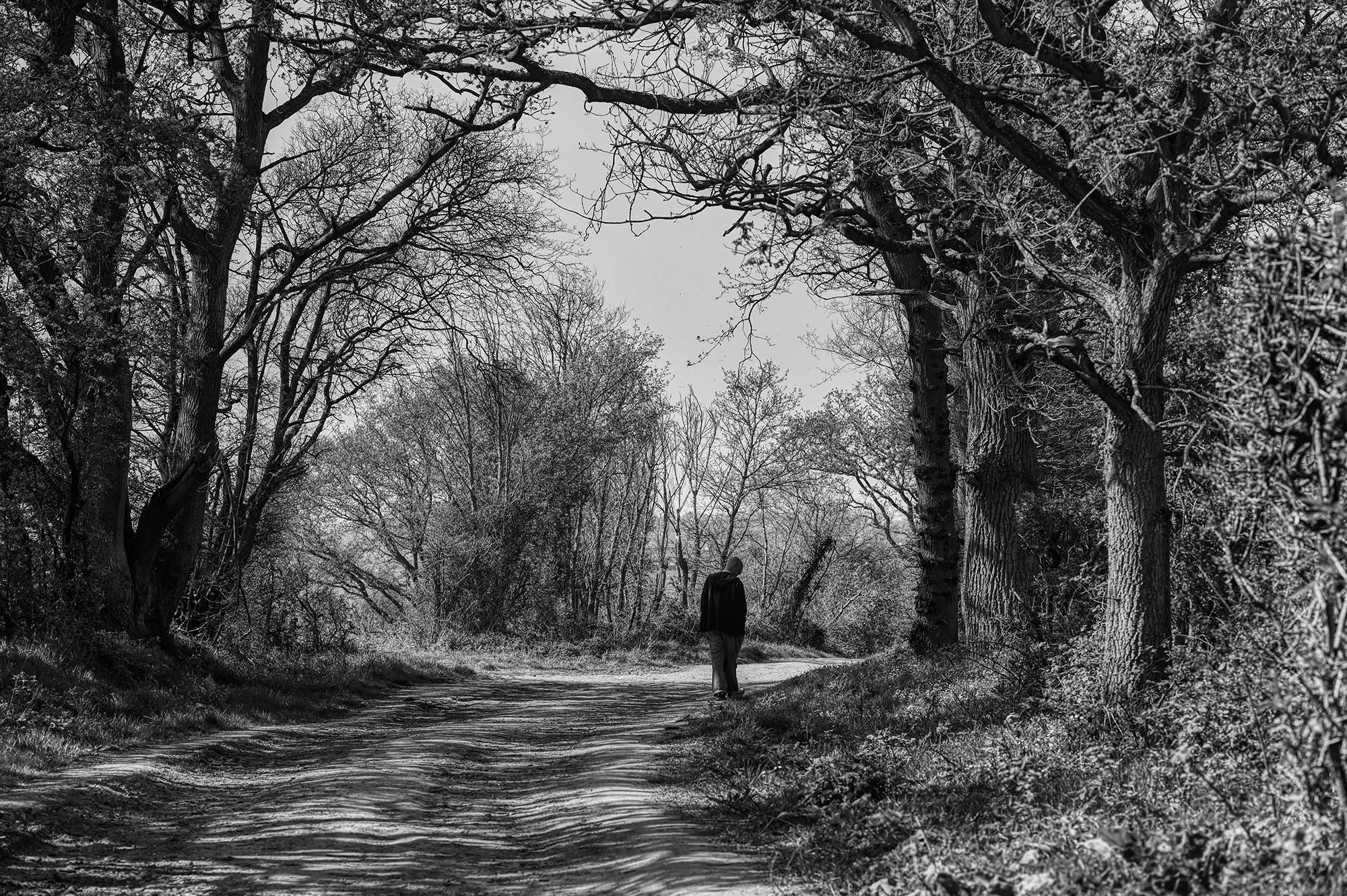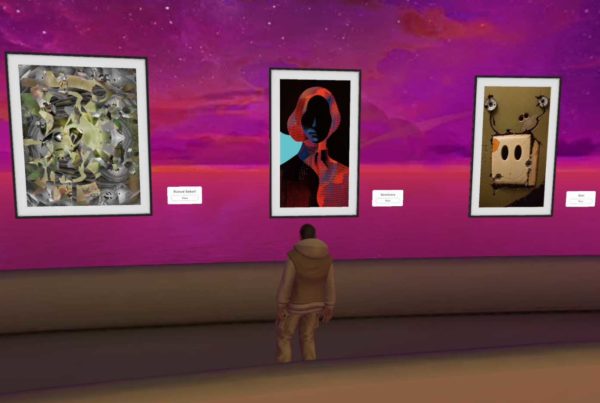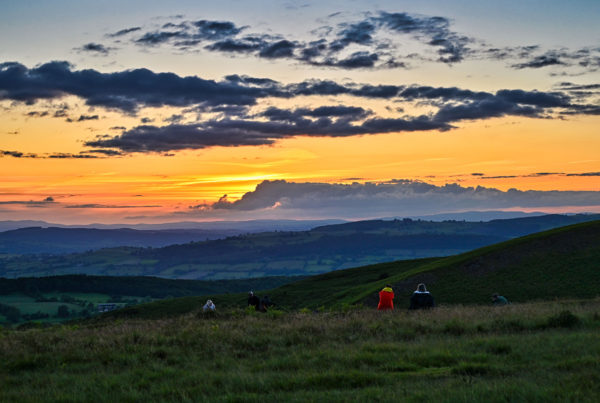Searching for wildflowers in Essex
Project: the impact of climate change on our natural world
My article published by Essex Wildlife Trust
Many thanks to all associated with Essex BioBlitz’s vital campaign and for encouraging enthusiastic public participation. I thoroughly enjoyed the project; from only having a basic knowledge of wildflowers, it is now vastly extended. I loved contributing to scientific data and learning a new way of experiencing and appreciating my local environment. Uploading my daily observations to the app and seeing what others had found; became addictive.
I have many highlights; the joy of finding a patch of wood anemones, stumbling across purple toothwort, and shouting out in glee “scarlet pimpernel!” so loud that a dog walker stopped and came over to see!
Memorable adventures included ambling along Arlesford Creek, exploring woods, spotting wildlife, especially a close encounter with a muntjac deer and a dozing fox, scouring roadside verges and graveyards, trudging over parched fields and following seawalls on hot summer afternoons.

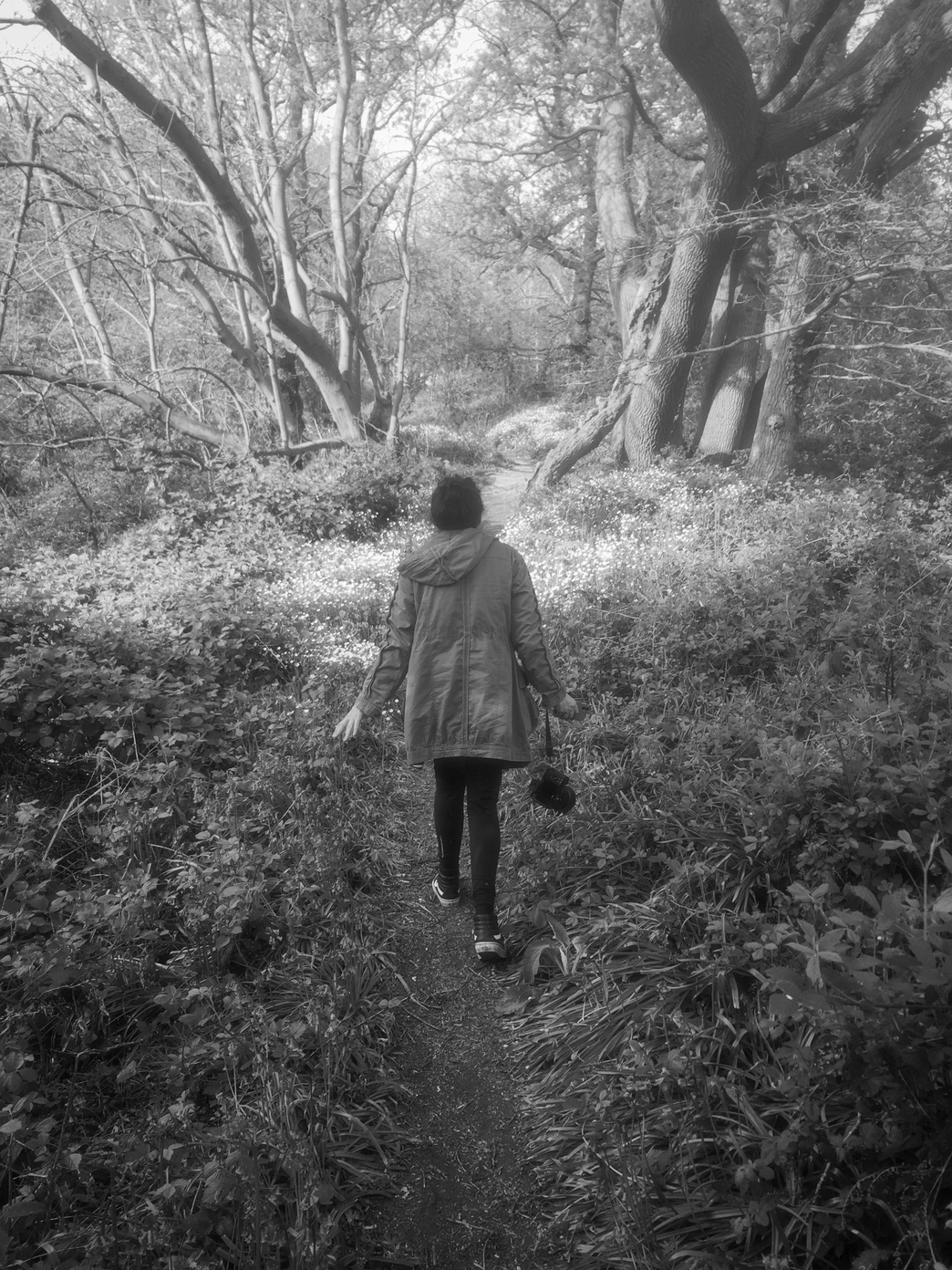
I am presently undertaking a personal project documenting my local area for one year using only black-and-white photography. The project includes structures on the marshes and along the sea wall, accompanied by further detailed studies of found places.
The Essex BioBlitz fitted in perfectly and pushed me to get outside more frequently and take time to stop and pause, finding beauty in the often overlooked. During the process, I learnt how to adapt to combining my iPhone and a ‘real’ camera, use a walking app and save the trails for later use.
Once I had completed the project, I wanted to remember it, so I created a photo book to log the six months of work: full of learning, discoveries, and adventures. I used thumbnails of wildflower finds alongside photography of locations and individual flower studies. As well as now being a stand-alone project that I’m proud of, it’s something tactile, a sense of achievement, and an excellent source of reference when I integrate this work into my final project.
Partaking in the campaign has taught me to treasure our rapidly diminishing countryside. The project saw the hottest July for over 50 years, and the decline in wildlife was apparent. I have a newfound appreciation for the hardy survivors; yarrow, wild carrot, and bristly oxtongue are champions!
I am delighted with my accomplishment of 1,271 sightings and 423 observed species, from the delicate: field pansy, ivy-leaved cyclamen and speedwell; out to the marshes and along the coast: sea lavender, sea-blite, sea holly, and golden samphire. Through woods: bugle, bluebells, ransoms, and by water: purple-loosestrife, water mint, and amphibious bistort.
Now, more than ever, Let’s protect our wild places together.
– Jo Phillips
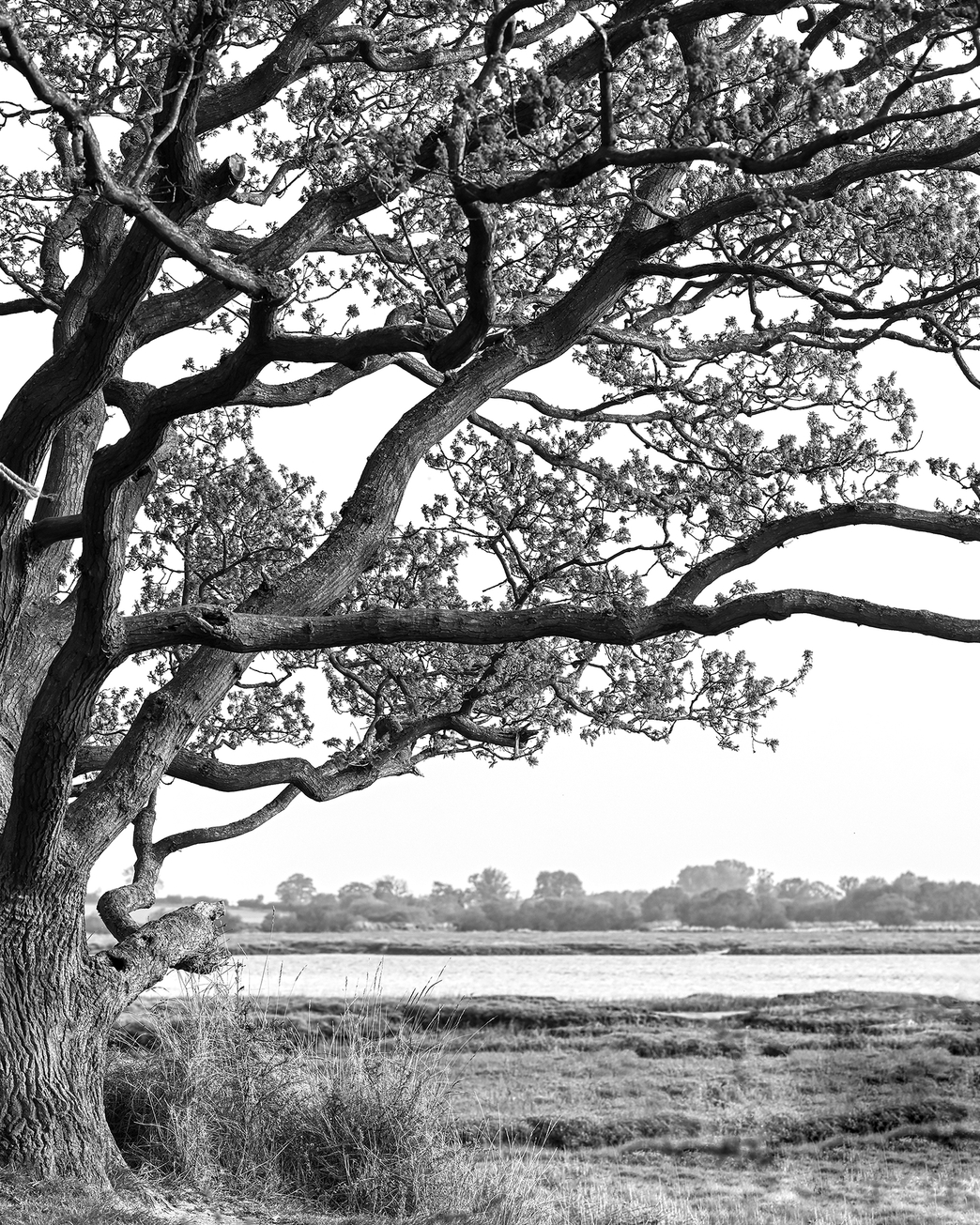
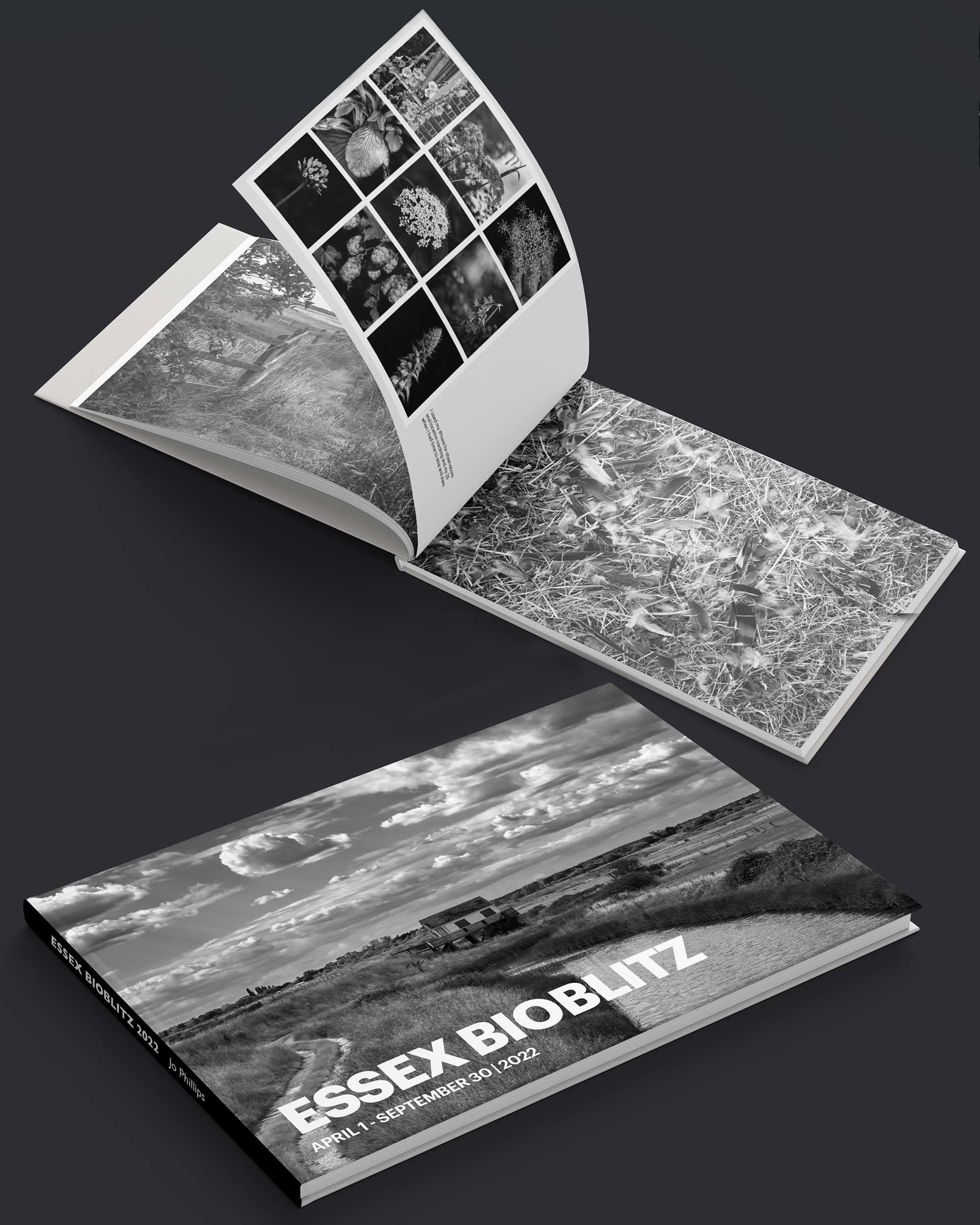
Many thanks to all the Essex BioBlitz organisers, fellow participants and iNaturalist for providing an excellent platform.
~ Jo Phillips 2022
Finished top of the list with 423 species and second for most observations with 1,271.
Highlights and Experiences
- being a wildflower detective!
- part of a community
- collecting important scientific data
- forever scouring roadside verges
- losing my hat and finding it again the next day!
- traipsing over fields
- following maps and discovering new places
- logging steps and walking routes
- taking photos while in a traffic jam
- sitting in nettles!
- getting a little lost
- joy of finding Purple Toothwort!
- walking in woods, the best
- looking at everyone’s daily finds
- learning new wildflower species
- practicing photography and editing
- getting off the computer and out and about!

